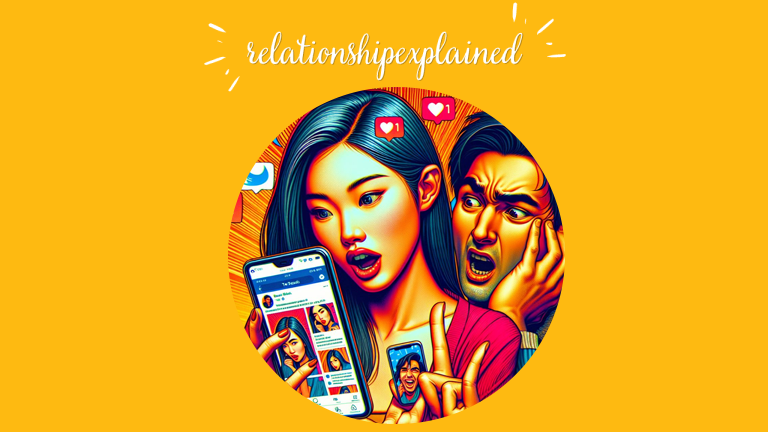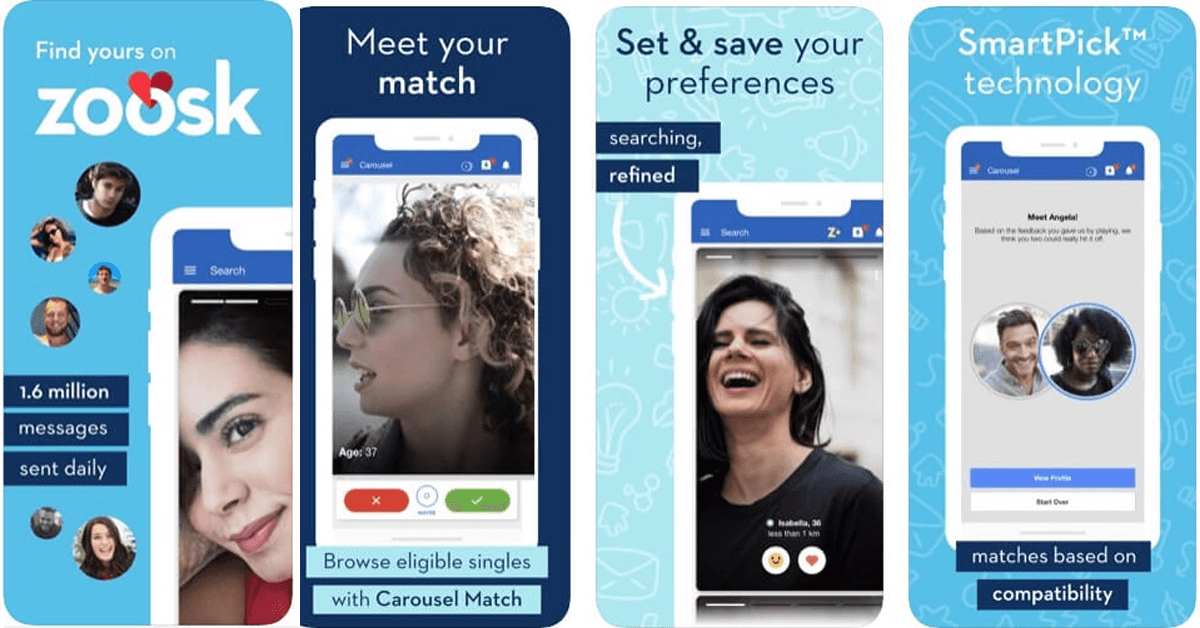Spotting Narcissists Online
Wondering how to spot a narcissist on your social media feed? In our ever-connected world, social media platforms have become arenas where different personalities showcase their lives. However, amidst this digital showcase, narcissists can often emerge, subtly influencing our online experience and well-being. Well, we'll be going over: Let's dive in. Signs of a Narcissist […]
Wondering how to spot a narcissist on your social media feed?
In our ever-connected world, social media platforms have become arenas where different personalities showcase their lives. However, amidst this digital showcase, narcissists can often emerge, subtly influencing our online experience and well-being.
Well, we'll be going over:
- What are the key behaviors that might indicate someone is a narcissist on social media?
- How does understanding the psychology behind narcissism help in identifying such individuals online?
- What practical steps can you take to manage interactions with narcissists on social media?
Let's dive in.
Signs of a Narcissist on Social Media
Identifying a narcissist on social media can be quite straightforward once you know what signs to look out for. Frequent posting about their achievements, lifestyle, or looks can be a red flag. Narcissists often crave admiration and validation from their audience, thus their content is heavily focused on themselves, showcasing an idealized life that may not be entirely true.
Another sign is constant self-promotion. From highlighting personal successes to sharing endless selfies, their aim is to capture and hold your attention. They tend to frame their posts to evoke envy or admiration, seeking to establish a sense of superiority.
Engagement patterns also tell a story. Narcissists often have unbalanced interactions where they rarely acknowledge others' success unless it serves their narrative. They're more inclined to engage in conversations that revolve around them or their interests, showing little regard for genuine interaction.
Finally, pay attention to how they react to criticism or differing opinions. A typical trait is a defensive response to any form of critique, which may include blocking users or posting retaliatory content. Recognizing these patterns can equip you with the knowledge to navigate social media landscapes more wisely, ensuring a healthier online experience.
The Psychology Behind Narcissism on Social Media
Understanding the psychology behind narcissism on social media is crucial for recognizing the subtle cues that may alert you to a narcissistic presence. Narcissists often use social media as a platform for validation and admiration. This need stems from their fragile self-esteem that craves constant attention and affirmation.
Social media provides the perfect medium for narcissists to control their image meticulously. Through carefully crafted posts, they can project an idealized version of themselves to garner admiration and envy. This digital mirage offers them the applause and recognition they deeply desire but often lack in their real-life interactions.
One key psychological factor is the dopamine rush associated with likes, comments, and shares. For narcissists, this instant feedback acts as a reward, reinforcing their behavior and encouraging more of the same self-centric content. Awareness of these psychological underpinnings helps you navigate social media landscapes more effectively, allowing you to engage with content that enriches rather than drains your energy.
Types of Narcissistic Behaviors to Look out for on Social Media
When scrolling through your social media feeds, awareness is key to identifying narcissistic behaviors. Capturing your attention is a narcissist's goal, and they have distinct patterns of engagement.
- Frequent Updates About Personal Achievements: They constantly share their successes, no matter how small, making sure everyone knows their supposed superiority.
- A Flood of Selfies: Their profiles are a shrine to themselves, with an abundance of well-staged photos that highlight their physical appearance and lifestyle.
- Engagement Fishing: Expect posts that seek validation, like vague statements that bait for compliments or responses.
- Superficial Connections: Their list of friends or followers is large, showcasing a wide network that's more about quantity than quality relationships.
Remember, while these signs can be indicative of narcissistic behavior, they're pieces of a larger puzzle. Looking at the overall pattern and context of someone's social media presence is crucial for an accurate understanding.
Tips for Spotting a Narcissist on Social Media
When trying to identify a narcissist on social media, key behaviors stand out. Pay attention to how often someone posts about their personal achievements or material possessions. It's not just the frequency but the nature of these posts that can be revealing. Narcissists tend to make these achievements the central theme of their online presence, often without recognizing others’ successes.
Another red flag is the constant flood of selfies. While many enjoy sharing photos, narcissists often go overboard, posting an excessive number of images that focus solely on their appearance. This self-centered behavior is a classic sign.
Lastly, engagement patterns can be very telling. Narcissists typically engage in conversations that only serve to promote their image or perspectives. They might ignore or deflect comments that don't align with their self-image. Monitoring how they interact with others can provide insight into their narcissistic tendencies.
By observing these behaviors, you’re better equipped to spot narcissists on social media. This knowledge helps you navigate your social media environment more wisely, ensuring a healthier online experience.
Dealing with Narcissists on Social Media
When you spot a narcissist on social media, it’s crucial to manage your interactions with them carefully to maintain your mental health and well-being. Here are strategies to help you navigate these tricky waters.
Limit Your Exposure: You don’t have to unfriend or block them immediately, but consider muting their updates or limiting time spent on their profiles. This reduces the impact of their behavior on your day-to-day life.
Avoid Engagements in Arguments: Narcissists thrive on attention, even if it's negative. Engaging in disputes or trying to point out their flaws often leads to more frustration for you without changing their behavior.
Focus on Your Well-being: Place higher value on relationships and interactions that enhance your life. Spend time with those who support and uplift you rather than those who drain your energy.
By adopting these strategies, you’ll be better equipped to handle narcissists on social media while safeguarding your emotional health.
Conclusion
Spotting a narcissist on social media is crucial for protecting your mental health and ensuring a positive online experience. Armed with the knowledge of what signs to look for—from an abundance of self-centered posts to a lack of genuine engagement—you're now better equipped to navigate the complexities of social media.
Remember, it's not just about recognizing these traits but also about how you respond to them. By limiting your exposure to narcissistic content, steering clear of fruitless debates, and prioritizing your well-being, you can maintain a healthier, more enjoyable social media environment. Keep these strategies in mind, and you'll find yourself more adept at managing your social media interactions wisely.












